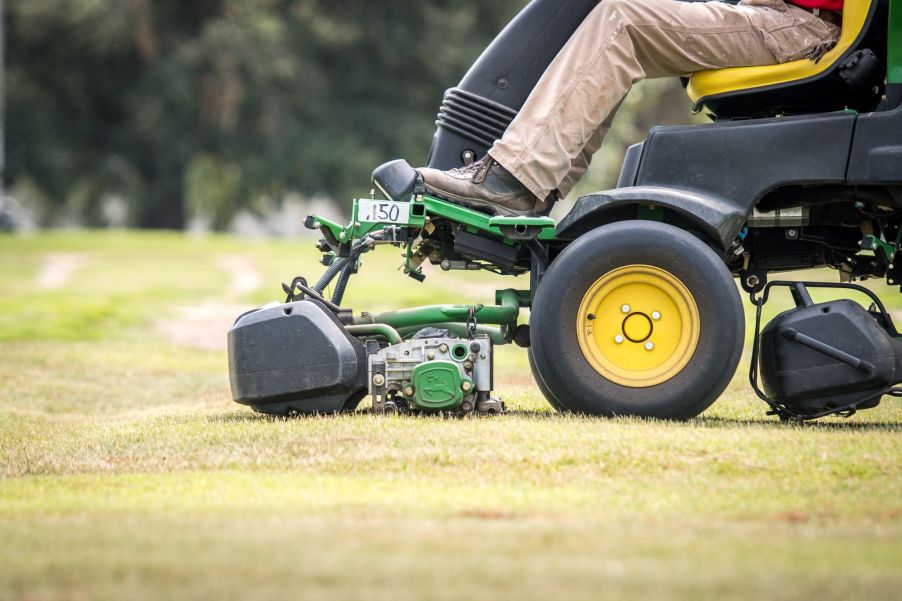
How to Change the Oil in Your Lawn Mower
A lawn mower can last you more than a decade. Timely maintenance, especially during winter, is one of the best ways to ensure your lawn mower is ready for use in spring and works to the maximum ability.
An oil change is one of the top maintenance steps you need to take when keeping your equipment in top condition. Apart from its dark color, dirty oil won’t protect and coat your machine’s engine components. Thus, an old oil compromises the performance of your lawn mower and lowers the engine’s durability.
What’s the process of changing lawn mower oil?

You can use two methods to change the oil in your lawn mower. The correct procedure depends on the type of machine you’re using.
The siphon or pump method, for instance, involves using a pump or siphon to drain oil from the fill tube into a disposal pan. Also, you can use the tilt method, which entails slanting the mower to the side and draining the oil by using a dipstick tube into a drain pan. If the tilt method works for you, you’ll need to wait till your lawn mower runs out of fuel. Here are the steps to follow.
Steps for changing lawn mower oil
Regardless of the method, the process will be more straightforward if the engine is warmer. That helps the oil to flow freely and entirely out of the tank.
Run the engine for about 15 minutes, then place the mower on a flat surface. Also, remember to clean the working area and prepare the oil drain pan. You may use towels to wipe the oil change area. If you use the tilt method, remember to lay some newspapers or cardboard to catch oil spillage.
Disconnecting the spark plug wire also comes first before any lawn mower maintenance for safety. Keep the spark plug away from the mower to avoid unintended ignition and fire.
For the siphon method, insert the pump into the dipstick till it hits the engine’s bottom. Dip the other end of the pump into the oil drain pan and manipulate the pump handle to siphon out the oil manually.
Put the oil drain pan beneath the dipstick tube if you prefer the tilt method. Ensure that it’s on the opposite side of the air filter, so the old oil doesn’t contaminate the filter. Keep leaning the mower while ensuring that the oil flows into the drain pan. Maintain the leaning posture until the flow reduces to a drip.
Once you’re done draining the oil, carefully tilt the mower to return it to its upright position and let it rest on its wheels. Remove the pump if you were using the siphon method.
Winding up the process
Follow your manufacturer or engine owner’s manual to determine the type and amount of suitable oil for refilling the mower. Be cautious and ensure you don’t overfill your oil tank, as that can be as risky as an under-fill.
Let the oil settle in the engine and follow your manual’s instructions to confirm the level. The suitable capacity depends on the machine you’re using. According to Tractor Supply Co., this should be between the two holes on the dipstick.
Dispose of the newspaper or cardboard you used to catch oil spills properly, and wipe any spillage on the floor or mower. Seal the drain pan or transfer the used oil into another sealable container and keep it safely for disposal. The US Environmental Protection Agency (EPA) recommends recycling due to its many advantages.
Once everything is complete, reconnect the spark plug wire. You may also have to refuel your engine using the tilt method, and voila! Your machine is ready to mow again.
A lawn mower is a massive investment. Oil changing, alongside other maintenance tips, is an excellent way to keep your mower in perfect condition, increase its performance, and lengthen its lifespan.


